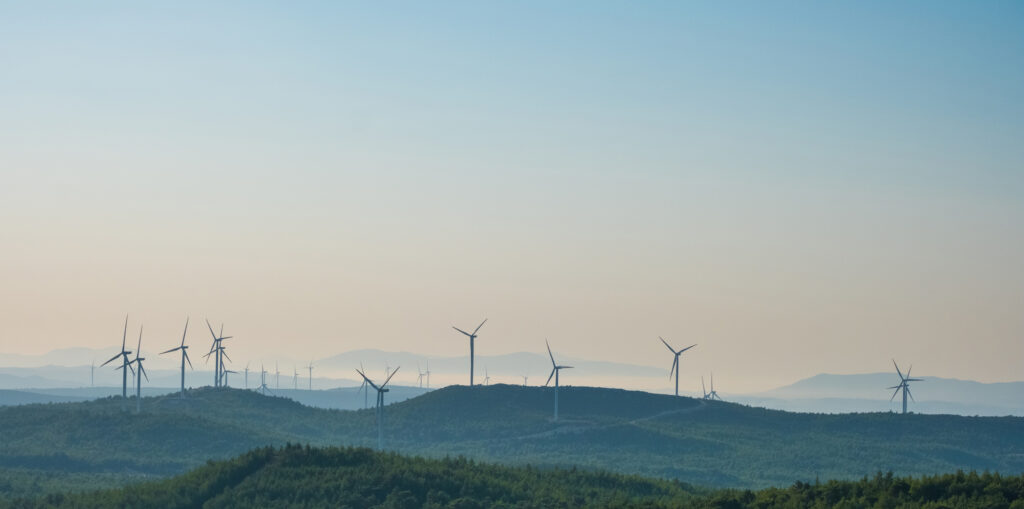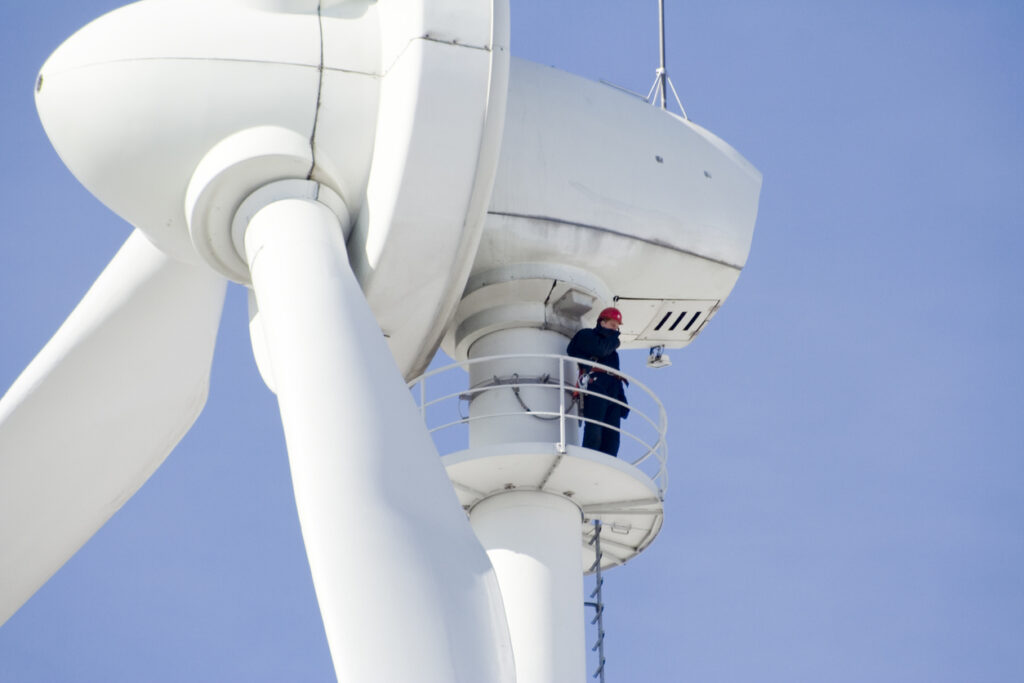Customized power conversion solutions for wind turbine applications from few kilowatts to multi-megawatts.
Custom Converter Solutions
- Optimized energy efficiency
- Enhanced solution to help lower energy costs
- High-quality design with proven reliability
- Cost-effective and compact design
- Suitable for various grid requirements
- Any application from 0.5 – 16 – 60 MVA
- Maximum flexibility from years of development improvements
Key Competences
- Electrical engineering
- Mechanical engineering
- Hardware & software
- Project management
- Prototyping and verification
- All phases of product development covered; from concept to production to final product
- System approach covers applications from wind turbine shaft to grid connection
Supplying the wind turbine industry has been a strong focus for PowerCon since it was founded. Although other business areas have been added since, the wind segment continues to be the origin and core for PowerCon’s abilities. Founded by partners with a combined industry experience of +40 years, PowerCon knows the industry well, and what it requires in terms of power conversion systems as well as development of new prototypes and solutions. PowerCon’s conversion solutions for the wind turbine industry can largely be divided into two categories:
Active front end converters
- Two-level converter
- 0,5 – 16 MVA
- 0 – 850VAC
- 0 – 1250VDC
- Liquid cooled
- Low voltage converter for parallel connection in applications with high current and low voltage
Modular multi-level converters
- 6 – 60MVA
- 2 – 30 kVA
- 3 – 50kVDC
- Liquid cooled
- Medium voltage converter for series connection in applications with low current and high voltage

Our many years of experience in the industry have given PowerCon the foundation for rapid, competitive, and reliable designs. With our experienced staff, we can offer customers a turn-key delivery according to specific requirements and time schedules. We can also offer more supporting services where the development is already done but where PowerCon assists in integrating the project in collaboration with the customer.
The most common converter type is the low voltage converter. Increasing turbine power has been accompanied by adding more low voltage systems in parallel. Medium voltage components are generally more expensive than low voltage components which triggered our objective to offer a medium voltage converter based on the less expensive low voltage components. By stacking low voltage systems in series rather than parallel, a medium voltage converter can be built, using low voltage components. Thus, the proposed multi-level medium voltage converter system will bring the benefits from both systems.
Core product areas that have benefitted from these competences at PowerCon include a wide variety, stretching from converter hardware and controller boards to embedded software and control codes. One good example could be an application for upgrading electrical drive trains in existing wind turbines. Other examples could be:
- Converter hardware
Examples include Back-to-back 6-8MVA converter for generator R&D and production test benches as well as complete 100-200kW converters and converter controllers. - Converter & generator test equipment
Track record both within production test systems and R&D verification test equipment and tools.
Examples incl. 6-8MW generator test equipment, 5MVA converter production burn in end test, 200kW test bench for generator and converter, simulation tool for 20MW turbine test bench. - Turbine upgrade & field test equipment
Improved performance projects such as advanced upgrades of electrical drive trains. Other examples are upgrading LVRT (low voltage ride through) performance, replacing converter controllers to enable SCADA control of existing turbines, upgrading DFIG (double-fed induction generator) turbines (in USA) to supply reactive power.
No matter the specific application, higher efficiency is always in focus as it means improved business for our customers. Even if converter, filter, or generator losses are reduced just a little, it makes a big difference in the long run.
References

KK Wind Solutions

Vestas
